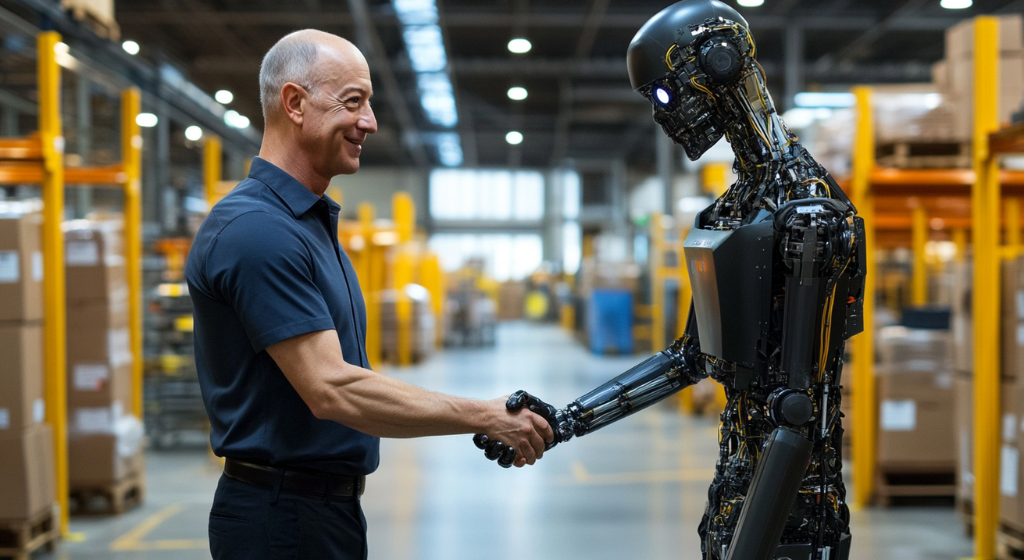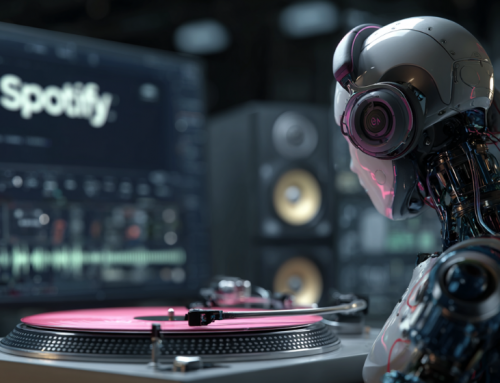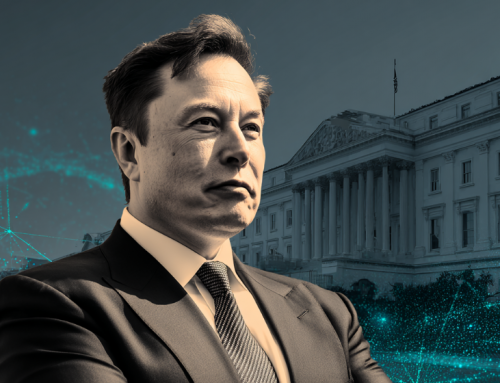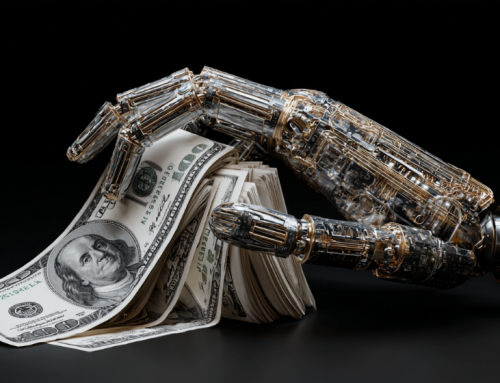
Amazon’s unveiling of its Vulcan robot highlights a shift toward AI-driven automation in warehouses, raising hopes for safer jobs and retraining—but also sparking concerns about displacement and the uncertain future of unskilled labor in the bot economy. (Source: Image by RR)
Future Roles May Shift From Warehouse Pickers to Robot Technicians
The tech industry continues to debate the role of human workers in an AI-dominated future, with one camp believing most jobs will be automated away, while the other anticipates new roles emerging alongside automation. The World Economic Forum supports the latter, projecting that while 92 million roles may be displaced, 170 million new jobs could be created due to current technological trends. According to a story in techcrunch.com, these new jobs often require advanced technical knowledge, leaving many unskilled laborers wondering what their future will look like in an increasingly bot-driven economy.
Amazon offered a glimpse into this future with the unveiling of its new Vulcan robot, which can “feel” and is designed to assist in warehouse operations. Vulcan can reach high and low shelves, thereby reducing physical strain on human workers, who will still be responsible for retrieving items from more accessible areas or those Vulcan struggles with. Amazon frames this as both a safety improvement and a skills opportunity, noting that some warehouse workers are being retrained to maintain and oversee the robots rather than being replaced outright.
The company emphasizes that these robots—now involved in 75% of customer order fulfillment—have created new categories of jobs such as robotic floor monitors and maintenance engineers. Amazon has developed a retraining program to support this shift, though it’s clear that not every displaced warehouse worker will transition into these roles. The job conversion is not one-to-one, and many workers may lack either the technical aptitude or interest needed for robot maintenance, raising concerns about how inclusive or scalable such programs truly are.
More broadly, Amazon’s approach raises key questions about the long-term employment landscape for working-class people. The dream of fully automated grocery stores and fast-food restaurants remains distant, as even Amazon’s own automated checkout technology has seen limited success and was quietly scaled back. While automation is advancing, particularly in large corporations like Amazon, it’s possible that smaller businesses and entire sectors may remain largely human-powered for years to come. The pace and scope of AI integration in the workforce remain uncertain, with the most immediate impact being a shift in job expectations rather than full replacement.
read more at techcrunch.com







Leave A Comment